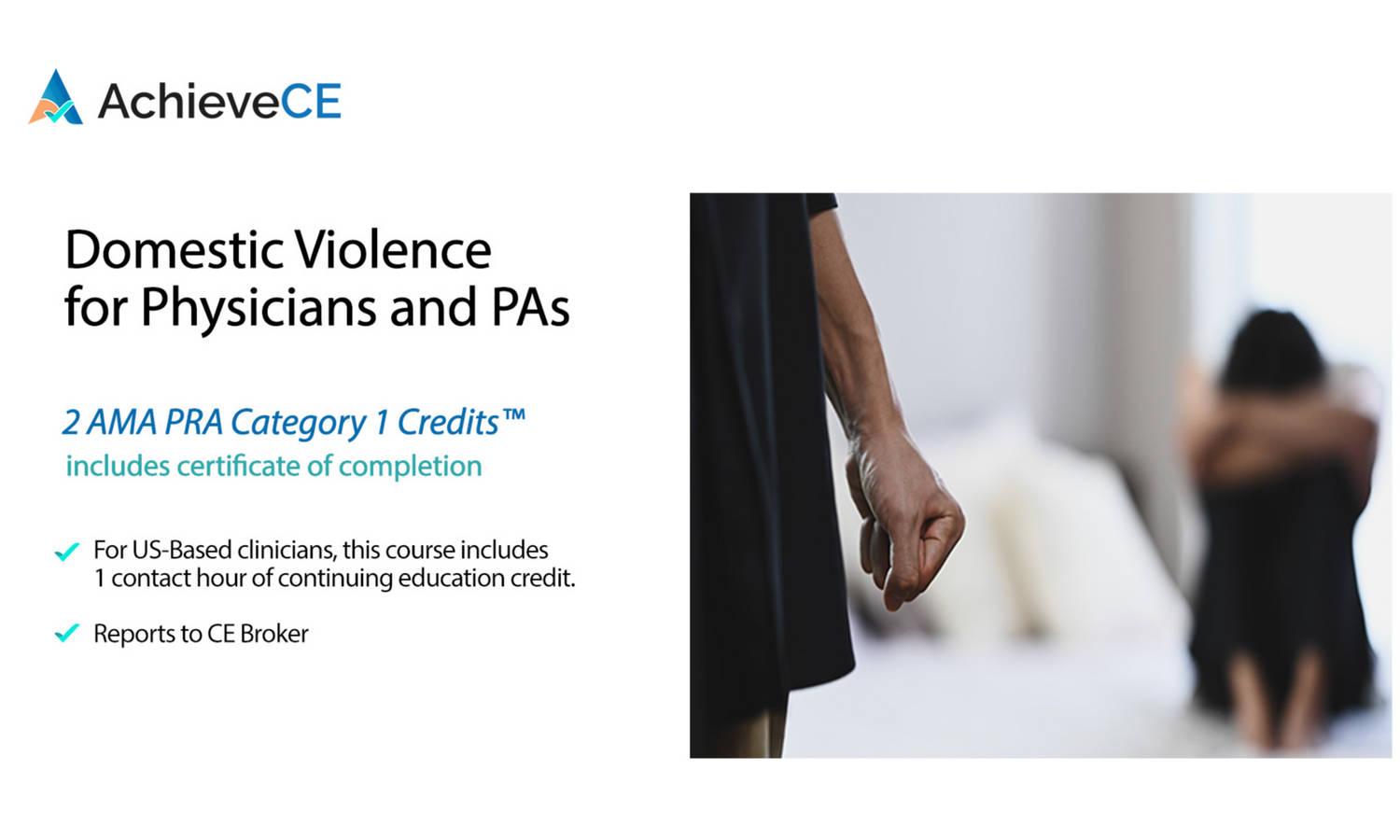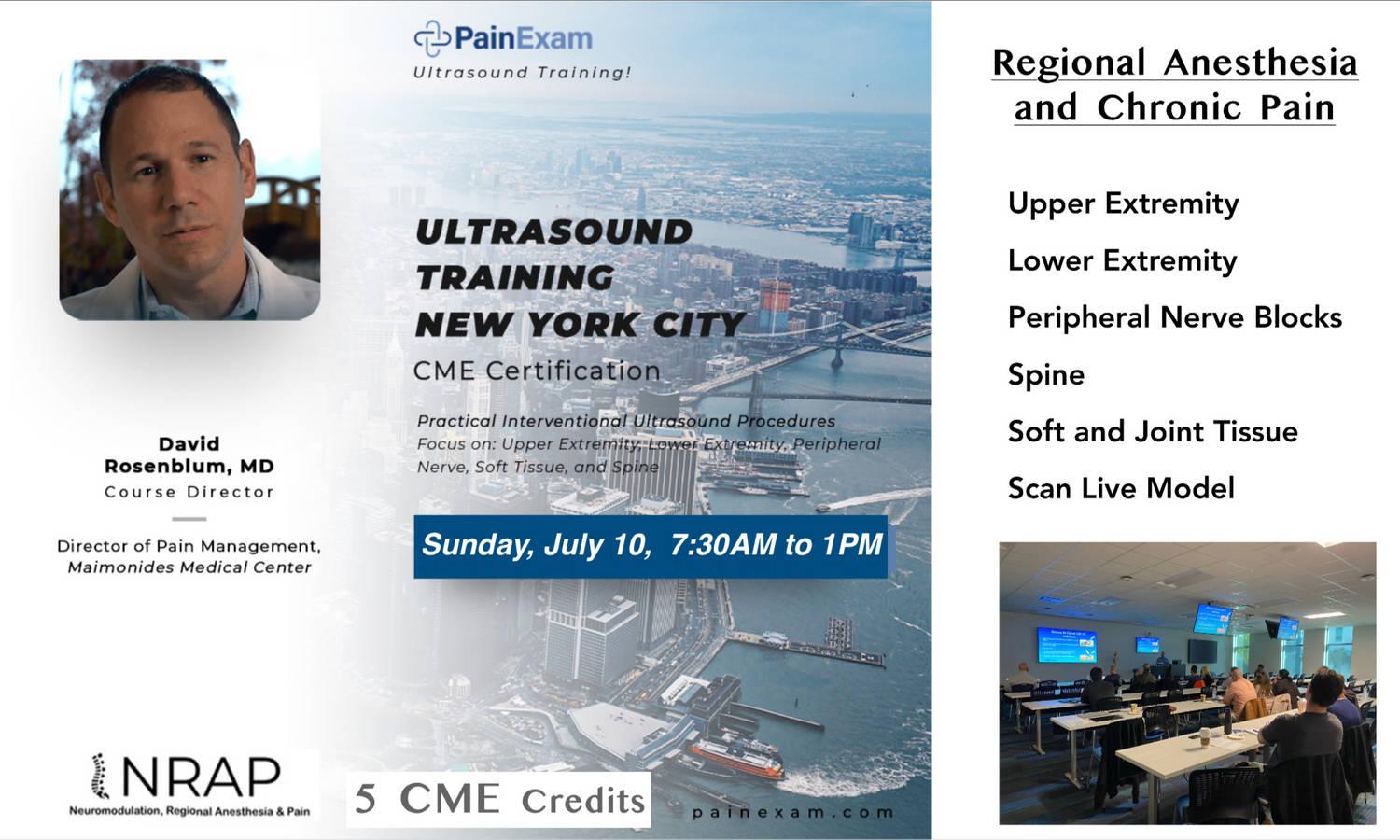
Harassment: A Sepsis in Healthcare Part I
 hosted byeMedEd, Inc.
hosted byeMedEd, Inc.
Healthcare organizations are said to be more vulnerable to bullying and harassment than other workplaces due to their work. Sexual harassment is a boundary offence and an infraction of civil rights regulation. The Joint Commission has developed a patient safety guideline that is expressly aimed toward the "disruptive" behaviour found among healthcare professionals in response to their recognition of the hostile environment in the healthcare industry. According to research, patients, as well as patients' families and visitors, as well as coworkers, are inclined to harass and bully medical professionals, including doctors and nurses. The fact that physicians are frequently identified as the harassers and that they are not held accountable for their actions allows the harassment to continue, which in turn leads to low morale, attrition, absenteeism, decreased academic or clinical performance, costly lawsuits, and a decline in the quality of patient treatment. The AMA and a few states now require CME courses on sexual harassment.
Educational Objectives:
1. Define unwanted sexual advances related to government and state laws.
2. Testimonial current research on harassment by doctors in health care.
3. Identify the consequences of harassment on the sufferer, the job unit, the company, and the person's treatment.
4. Discuss and define retaliation as it relates to the office environment.
The estimated time to complete this activity is 1 hour.
This activity is jointly provided by Your CE Source and eMedEd.








